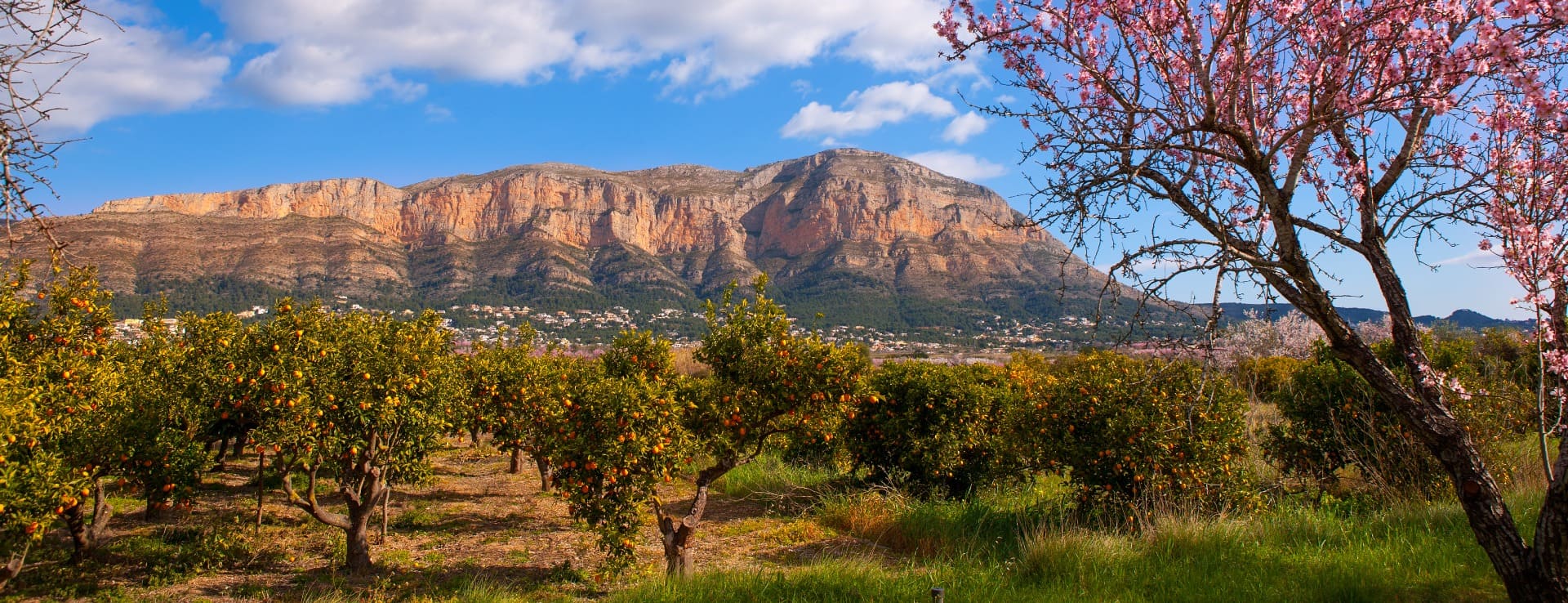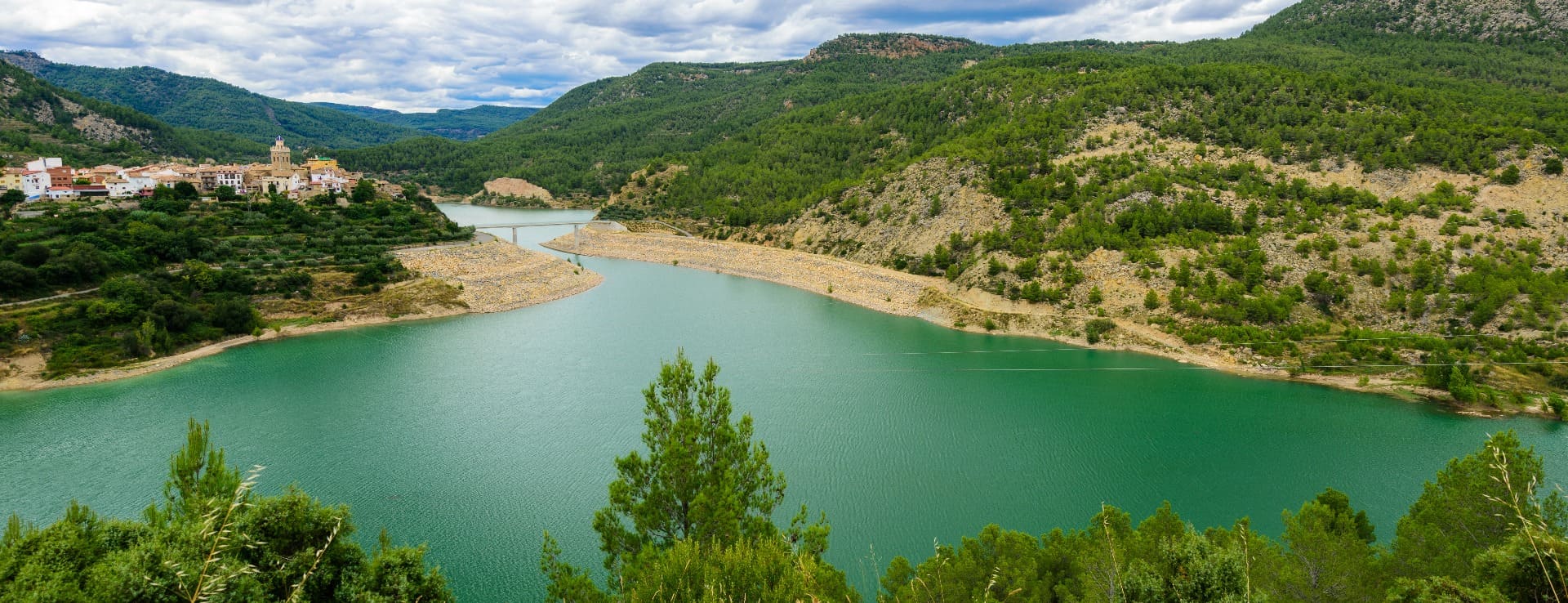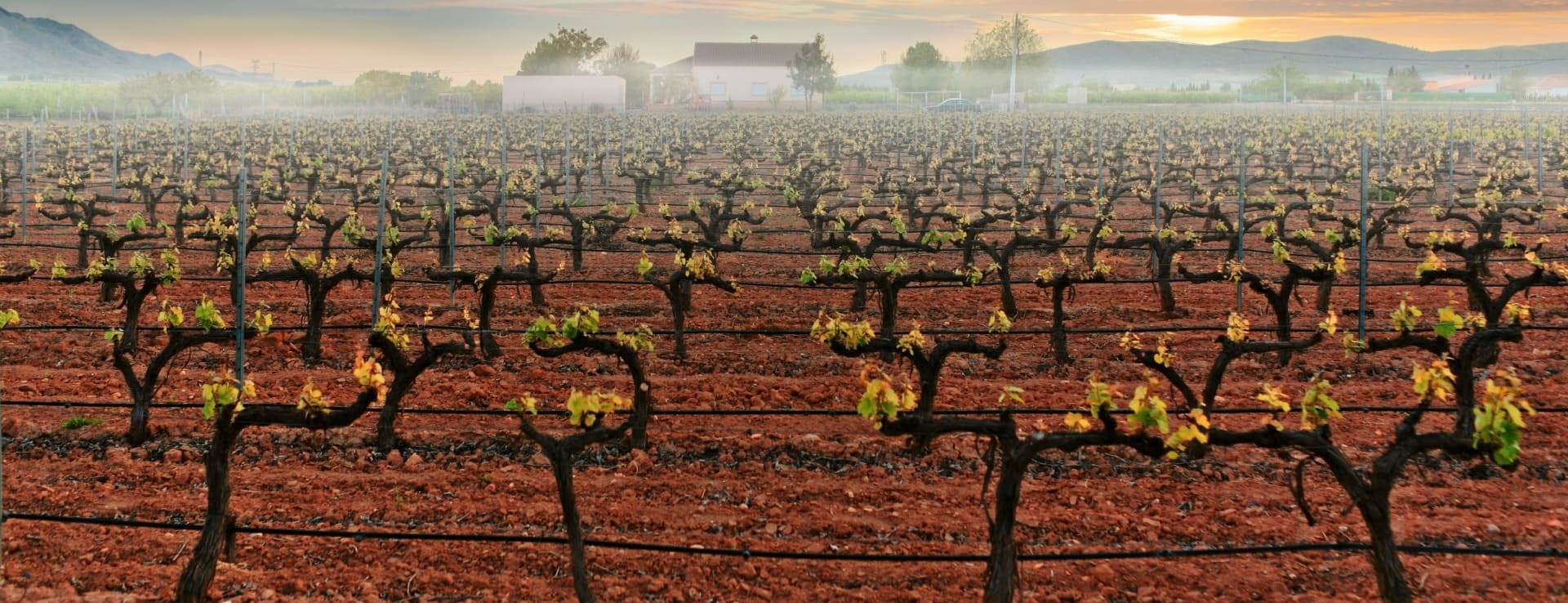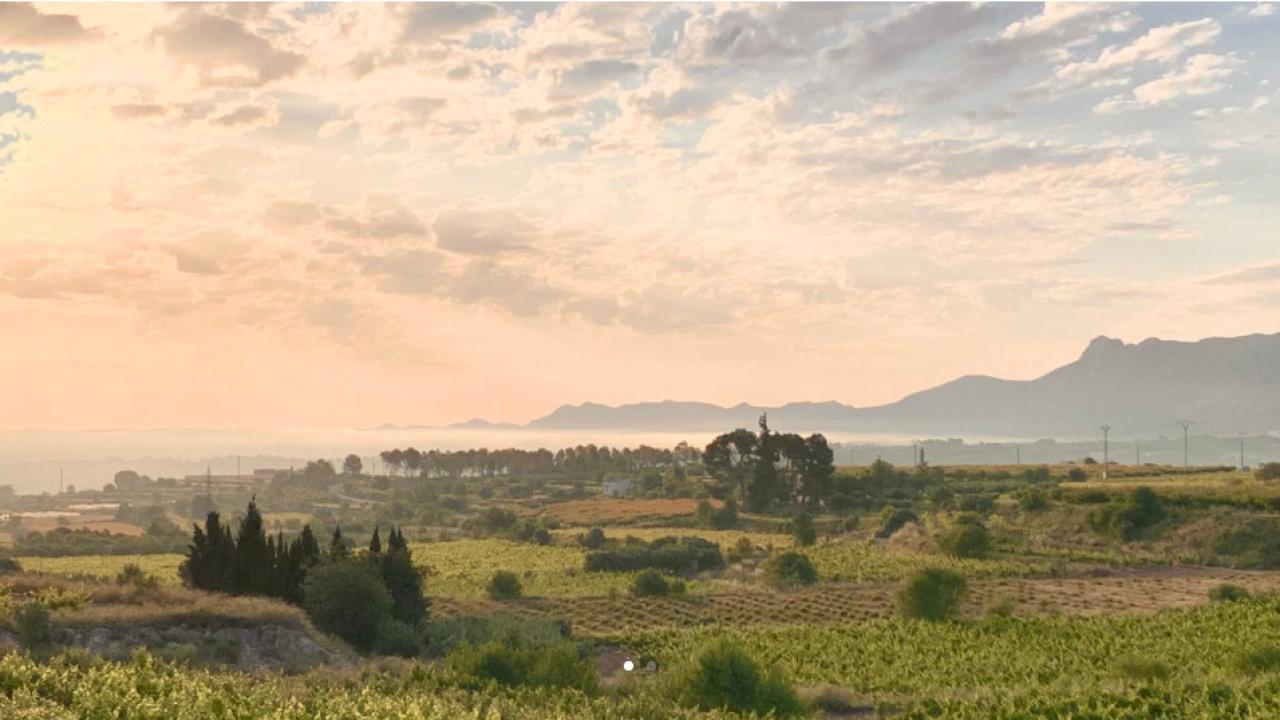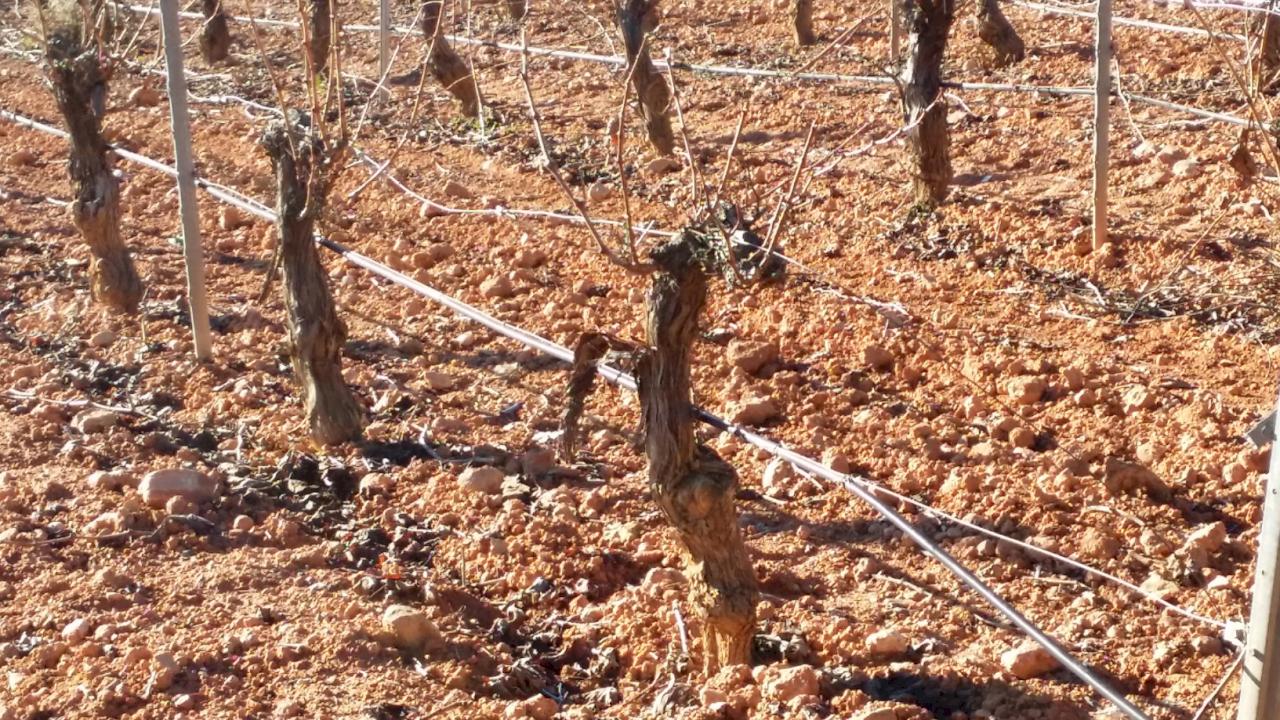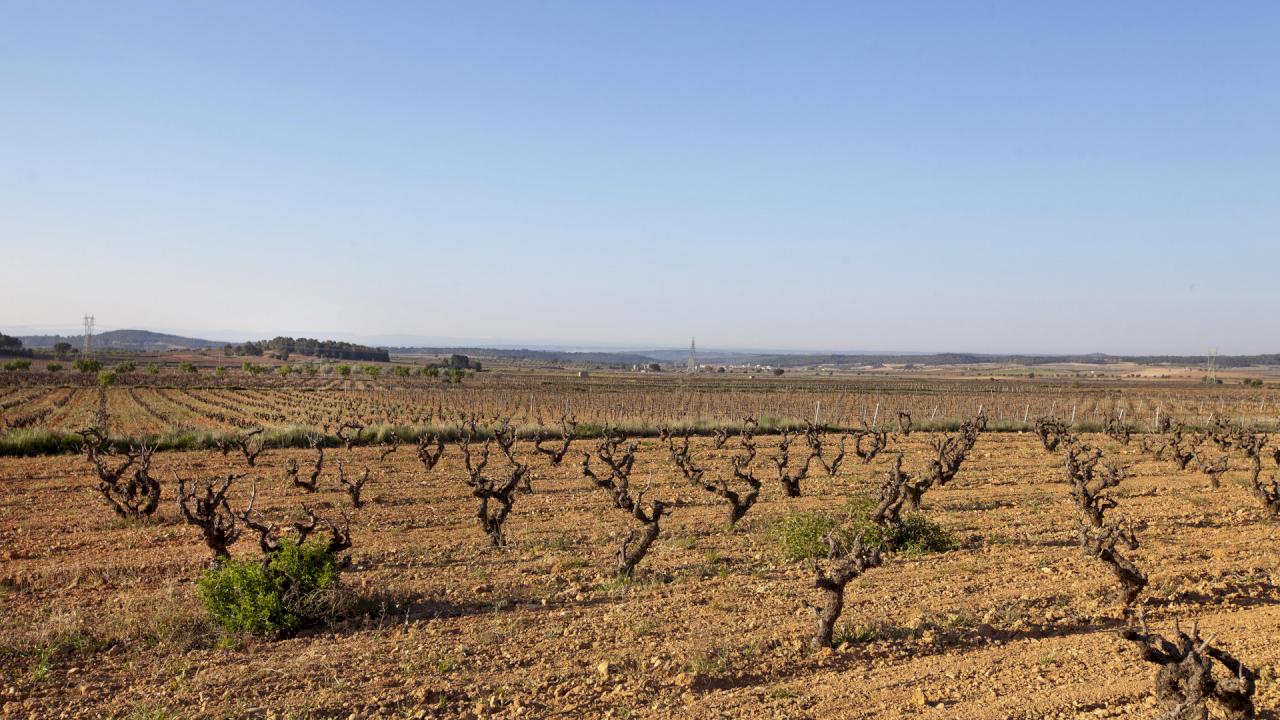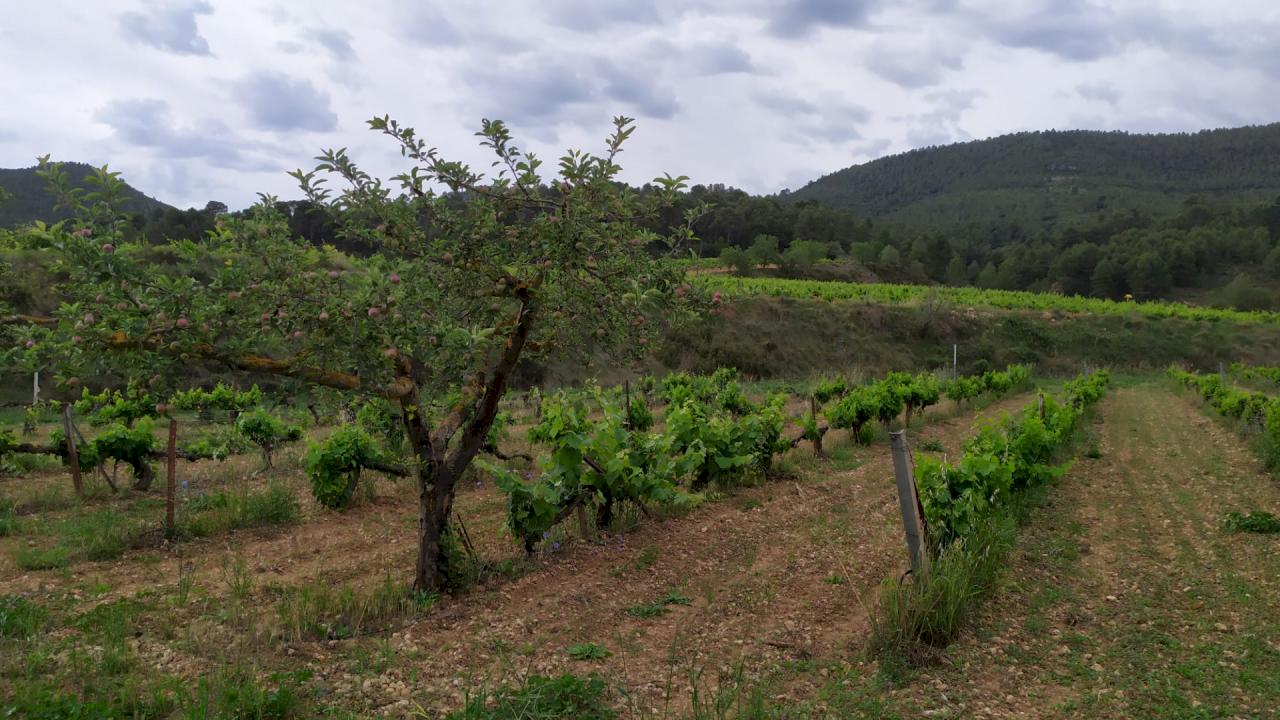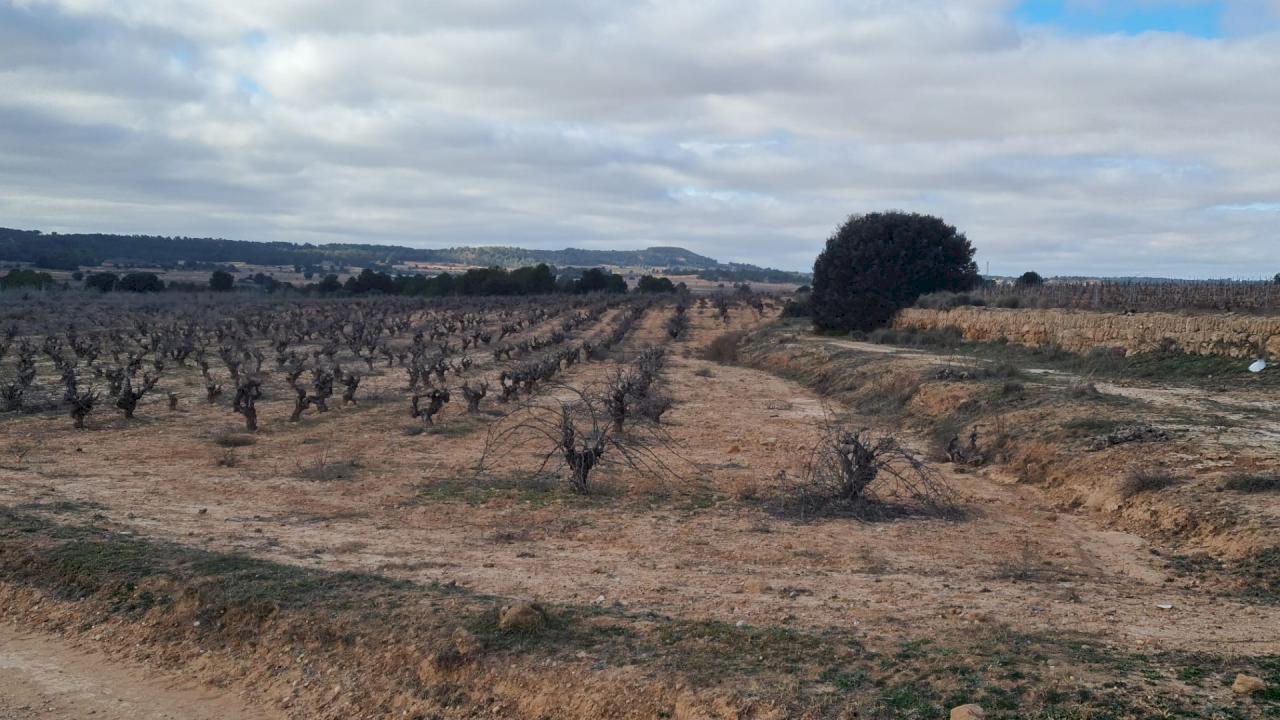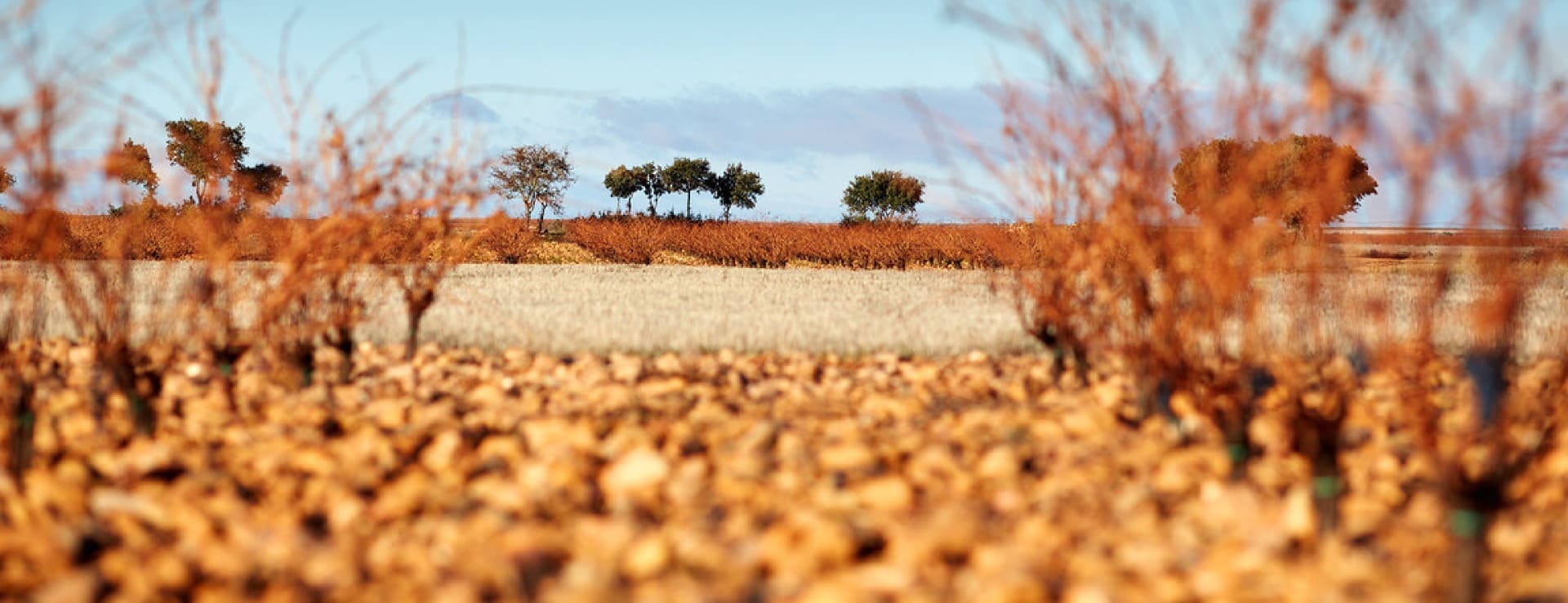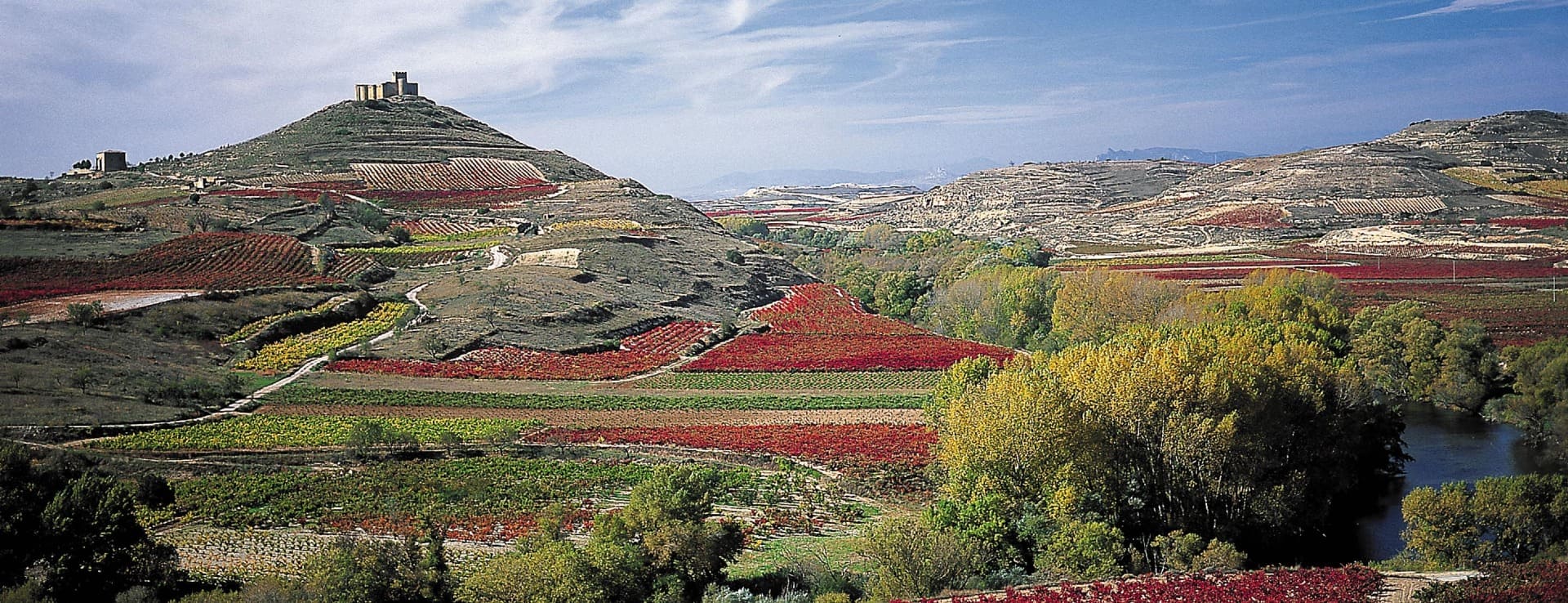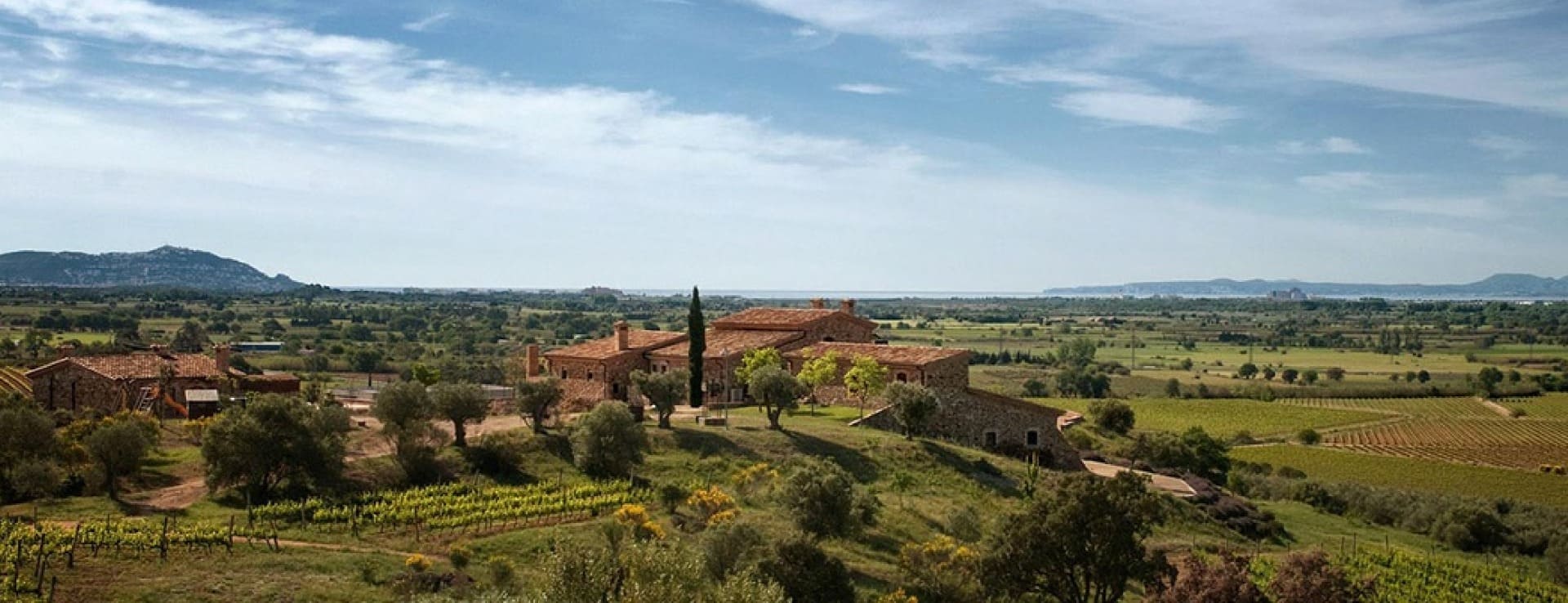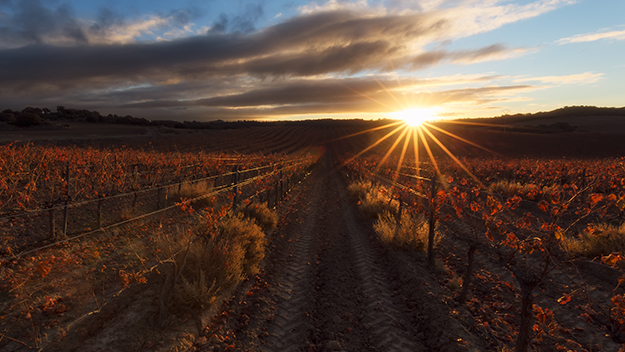Find your winery or vineyard
8 Wineries and Vineyards for sale in Valencia
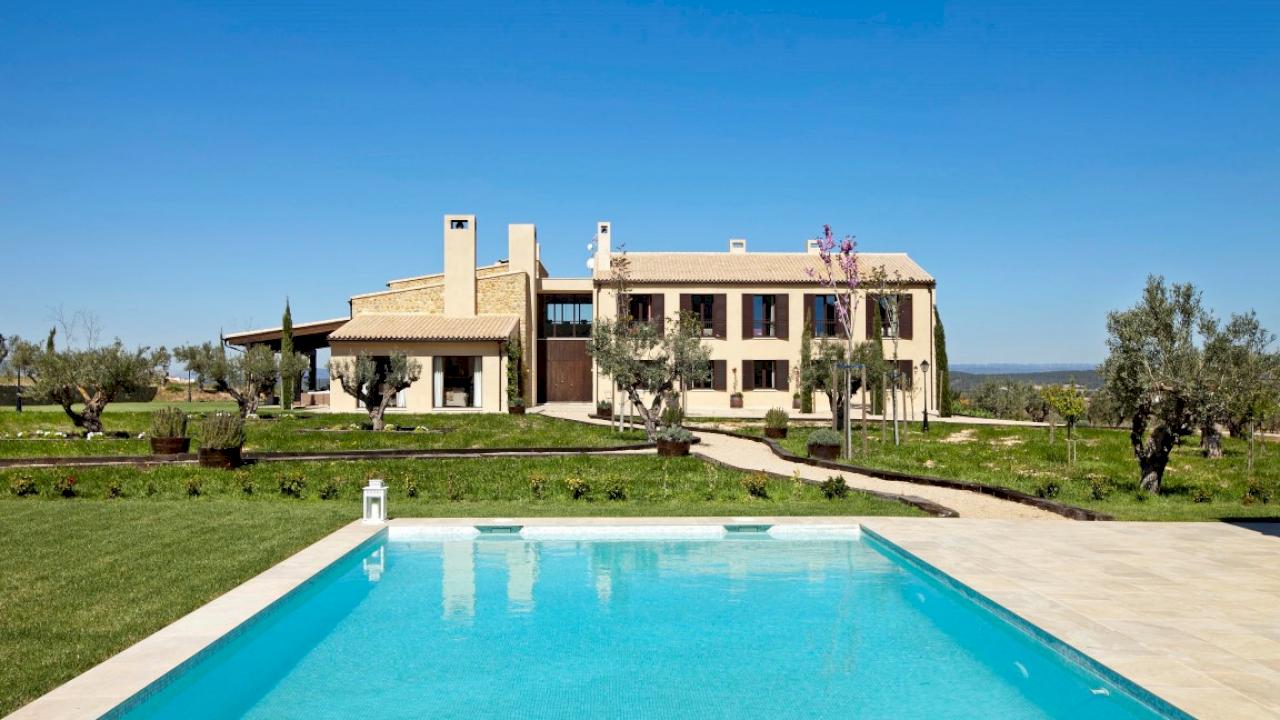
Property with vineyards in Vall d'Albaida, Valencia.
Spectacular property with vineyards in the middle of a natural landscape in the Valencian region of Vall d'Albaida.

Boutique Hotel in DO Utiel Requena with 9 bedrooms.
Adventure and Wine tourism
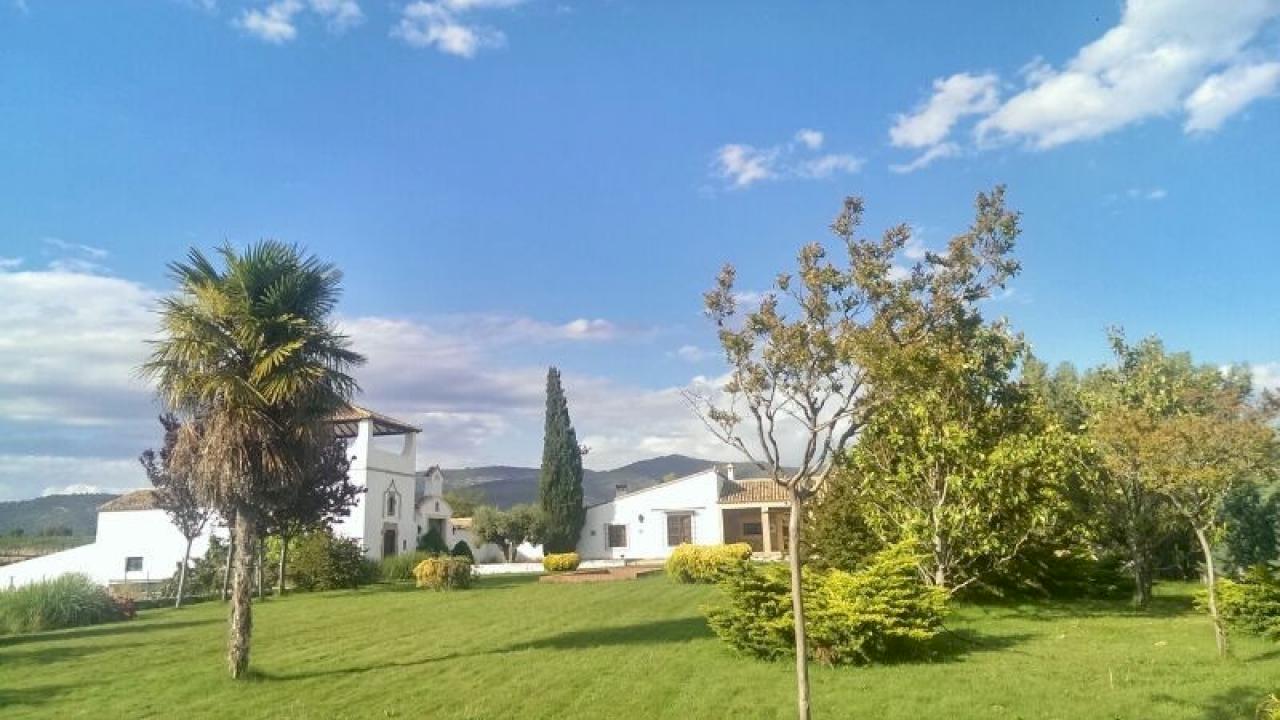
Property for sale in DO Utiel-Requena.
Traditional style property in a green environment in DO Utiel-Requena area.
Infographic of the Denomination of Origin
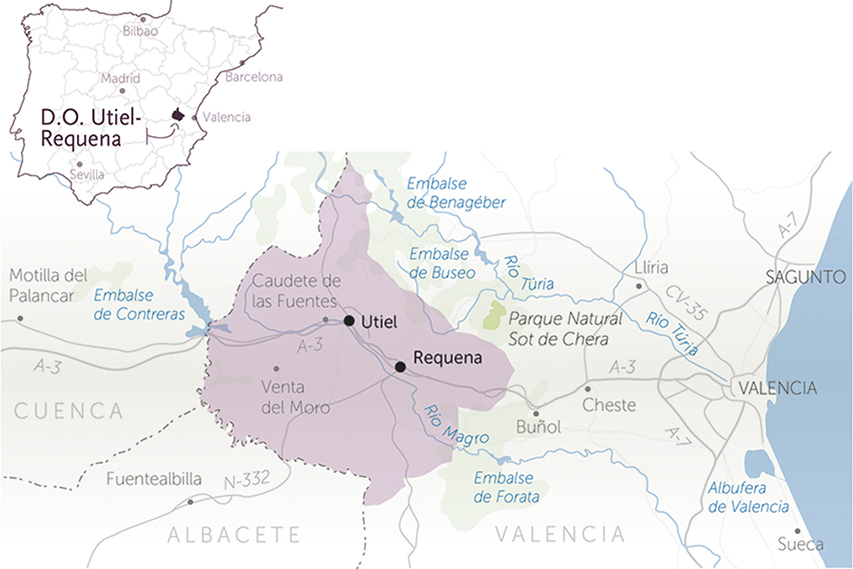
Change to imperial units (ft2, ac, °F)Change to international units (m2, h, °C)
D.O. year of foundation:
1932
Number of wineries (2017):
95
Total surface area:
34.000 ha84.014 ac
Maximum production allowed:
9.100 kg/ha8.118 lb/ac
Altitude of the vineyards:
Min: 700m
Max: 900m
Min: 2.297ft
Max: 2.953ft
Temperature:
Min: -6º
Max: 41º
Min: 21°F
Max: 106°F
Yearly hours of sun:
2.700
Yearly rainfall:
400 l/m237 l/ft2
Valencia
Situated in the center of the Valencian Community, the province of Valencia is bordered by Castellón to the north and Alicante to the south. Valencia is a privileged Mediterranean port, bordered by the sea, while in the west Cuenca and Albacete are found. Its capital, Valencia, is the third most populated in Spain after Madrid and Barcelona. It is made up of 266 districts which include Gandía, Sagunto, Paterna, Xàtiva, Llíria, Utiel and Requena; the last two being the largest vineyard areas in the region.
HISTORY OF WINE
The presence of wine is found in Valencia through many remains. The site of Kelin, situated in Caudete de las Fuentes, dates from approximately 2,500 years ago and shows that the vineyard was already cultivated in the Iberian times. There are also numerous exaltation of Muslim poets talking about wine and ceramics which give faith to Valencian viticulture during the Arab domination. The first documented references date from medieval times, as is the case of the Fuero de Requena (charter) given by Alfonso X The Wise in 1265, where the vine guardian figures are cited. The native grape, Bobal, was already known in the 15th Century.
Until the middle of the 18th Century, there was a gradual increase of the vineyard area and the production. Thanks to the increase in population and maritime navigation, it becomes more commercial, and in the 19th Century signifying the consolidation of Utiel-Requena. Also, the first harvester associations were born which tried to perfect the cultivation and control in the business. In 1887, the Valencia-Utiel railroad opens, bringing about the creation of winery areas located on the surroundings the stations.Bodega Redonda dates from this period, strategically built, opposite to the train station.
WINES AND WINERIES
Two Designations of Origin are found in the province of Valencia: the DO Valencia and the DO Utiel-Requena. The second is the largest and most homogeneous vineyard area where the popular, native grape is the Bobal. The DO Valencia spreads north and south of the capital and has formalised an agreement with the Utiel-Requena wineries in order to buy them wine as needed for each harvest. The province has also the DOCava in Requena and two other Vinos de Pago: El Terrerazo VP and Los Balagueses VP. Being a Valencian company, Rimontgó has various wineries for sale throughout the territory.
Some of the most outstanding wineries in Valencia are Bodegas Vicente Gandía Plá, Bodegas Murviedro, Bodegas Hispano Suizas, Bodegas Aranleón, Bodegas Pago de Tharsys, Bodegas Dominio de la Vega, Vera de Estenas, Bodegas Mustiguillo, Bodegas Casa de la Viña, Bodegas Mythos, Bodegas Chozas Carrascal, Bodegas Torre Oria, Bodegas Emilio Clemente, Bodegas Cerrogallina, Bodegas Más de Bazán, Coviñas, Bodegas Vegamar, Bodegas Vegalfaro, Bodegas Enguera, Bodegas Heretat de Taverners, Daniel Belda, Bodegas Los Frailes and Bodegas Torrevellisca.
POINTS OF INTEREST
Valencia is one of the provinces with the most touristic interest in Spain. There are cities with remains of historic civilization such as Xàtiva or Sagunt. Its capital is monumental on account of the roman and Muslim remains, the cathedral complex of Valencia and the Llotja de la Seda (Silk Exchange), a Gothic-style building recognised by UNESCO. Its festivals include Las Fallas, in which large artisanal figures are burned, and are the UNESCO Intangible Cultural Heritage. The City of Arts and Sciences, is an emblem of modern architecture.
The province of Valencia is also known for its rich nature. It has long orchard areas where an abundance of citric fruit and tiger nuts (which are the base ingredient for the traditional drink Horchata) are cultivated. In fact, paella is the most famous Valencian dish, made with rice, the most valuable product in the region. With 125 blue flags, the beaches in Valencia are especially beautiful, including the Albufera Natural Park which is a Mediterranean ecosystem which joins dunes with forests, rice fields and an enormous lake in which the boats ride at dusk.
Discover more wineries and vineyards for sale in these wine regions in Spain
Subscribe to our mailing list to receive news about wineries and vineyards.

